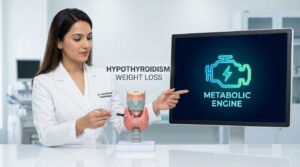Congenital Heart Defects are structural and functional anomalies of the heart and cardiocirculatory system, present at birth due to abnormal heart development. Heart, the first functional organ formed in a human embryo as a single tubular structure at around 1819 days post fertilisation, starts beating and pumping blood by the 5 week of pregnancy. A septum is a wall that grows and separates heart chambers: upper (atrial) and lower (ventricular) into left and right sides, preventing mixing of blood. Normal heartbeat can be easily recognised in the week 6 of pregnancy from gestation and is also one of the most crucial periods for subsequent embryonic and prenatal development, requiring utmost care. If something goes wrong during formation of the endocardial tubes or cardiac looping after the heart tube has stretched by day 23 or during differentiation of heart tube into the atrial and ventricular junctions and chambers, it often results into structural or functional anomalies in the fetus’s heart.








